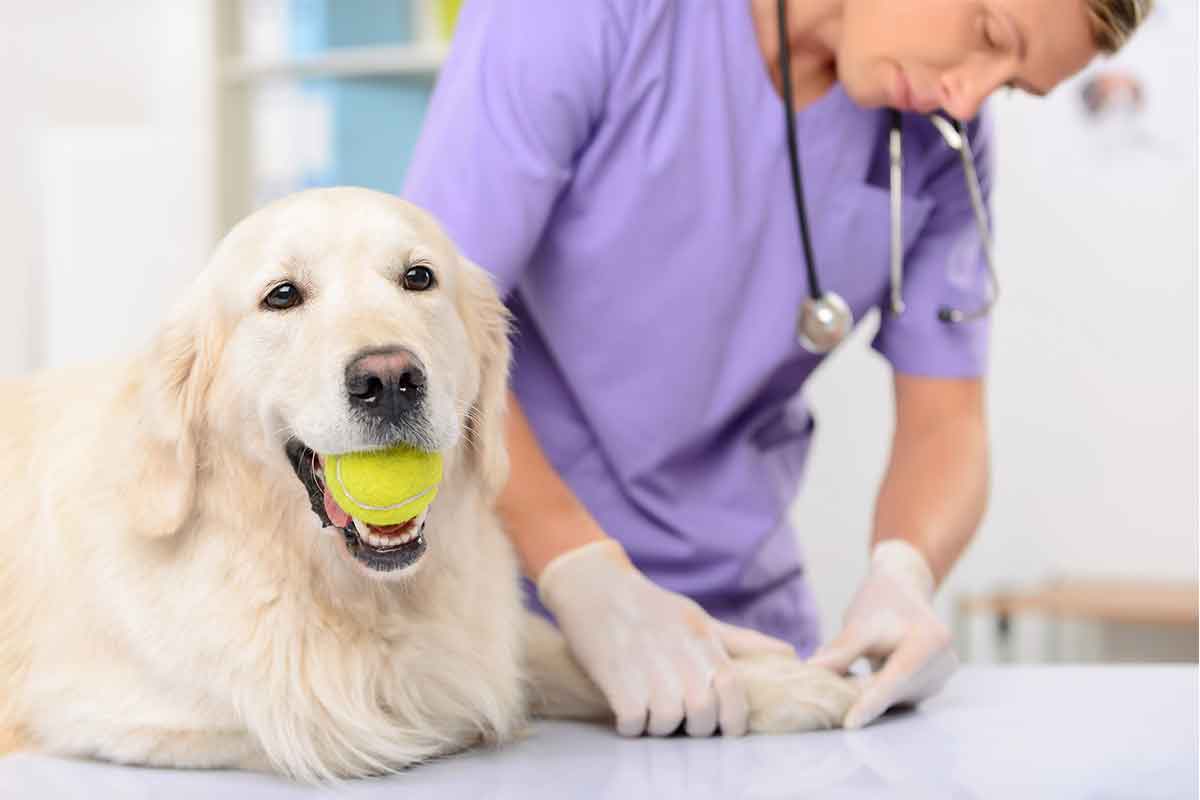Why all the lab work before your pet’s spay/neuter surgery or other procedure? He looks healthy, and as far as you know, there’s nothing wrong with him.
The key words are “as far as you know.” Pre-operative testing is an important part of pre-surgical prep that can alert your veterinarian to underlying problems that could interfere with your pet’s ability to metabolize anesthetic drugs.
While today’s medications are incredibly safe, surgery always comes with some risks, especially for a pet with kidney, liver, or heart conditions. Testing can ensure that your pet is healthy enough to undergo surgery and help to determine which drugs your veterinarian chooses to use or which dose to start with.
Lab work usually involves blood draws or other procedures. If your pet isn’t familiar with them, he could become stressed, anxious, or fearful (and if you are a needle-phobe yourself, you might be right there with him). Here’s what to expect and how to overcome potential problems.
Testing 101
Pre-operative testing may be done the day of surgery or a few days ahead, especially if blood work must be sent to an outside laboratory. Always verify whether you should withhold your pet’s morning meal and water before bringing him in for testing or a surgical procedure.
The tests done depend on a number of factors, including your pet’s age, the type of surgery, and known health risks. For a young pet facing spay/neuter surgery, testing is usually minimal, but it may be more extensive for a senior pet who needs orthopedic surgery. The exception might be emergency surgery in a life-threatening situation. If time is of the essence, it may be skipped altogether.
The bare minimum is a quick physical exam by your veterinarian to check for heart murmurs, obvious masses, or other visible concerns. If your pet is used to visiting the vet and enjoys his interactions with staff, this will be a breeze. If it’s all new to him, ask your Fear Free certified veterinarian about stress-busting techniques, starting with the car ride to and from the clinic, as well as ways to make handling more enjoyable once you’re there.
Better Blood Draws
In most cases, a blood sample is required. If only a small sample is needed, blood may be taken from the cephalic vein on a front leg or the saphenous vein on a rear leg. Larger samples may be drawn from the jugular vein in the neck. No matter which site is used, it’s important for your pet to remain still during the procedure.
Equally important, consider your own outlook on needles and blood. If the sight of either one makes you nervous or upset, it might be best for you to step out of the room or to let the veterinary technician take your pet into a different room. Your nerves will affect your pet! If the sight of blood doesn’t bother you, though, your pet will be more comfortable if you can stay with him and provide calm support.
It is important to have the best possible positioning for a blood draw. That means a veterinary technician will need to hold your pet steady and also “hold off” the vein to make it easy to locate the vein for the blood draw and to speed the blood draw. Once the sample is collected, pressure is put on the venipuncture site to aid in rapid clotting.
Calming Practice
What can you do ahead of time to prepare your pet? First, have your pet practice sitting still while you hold his paw. Your cat might be willing to do this too, but if not, have one family member gently hold her on their lap while another person gently holds her paw. Start with a short hold and treat sequence, gradually building up the amount of time you hold the paw.
For a jugular sample, your pet will again need to hold still. In this case, a technician will have your pet in a “hug” hold, while holding the neck still. Usually the chin is tilted upward a bit. That is a slightly awkward position for your pet, though not uncomfortable. Again, you can practice this at home. Hold the position for a very short time. Pair the action with getting a special treat to make it a pleasant experience. Some cats may benefit from being gently wrapped in a towel to keep them calm and still.
Because your pet may need to have some hair shaved to aid the veterinary technician in efficiently finding the vein, you may want to desensitize your pet to clipper sounds. Most pets are interested but not frightened. If buzzing sounds upset your pet, it may help if you practice at home. You could record the sound of clippers at a local grooming salon or ask your veterinary clinic to make a short tape for you. Pair the sound with getting treats or a meal.
A few pets react to the smell of alcohol swabs used to disinfect the skin. Putting some rubbing alcohol on a gauze pad and placing it near where your pet eats may help him to get used to the smell.
Most pets fly through pre-operative testing without a bit of stress. If your pet is not one of those, consider trying some of the tips listed above.
This article was reviewed/edited by board-certified veterinary behaviorist Dr. Kenneth Martin and/or veterinary technician specialist in behavior Debbie Martin, LVT








